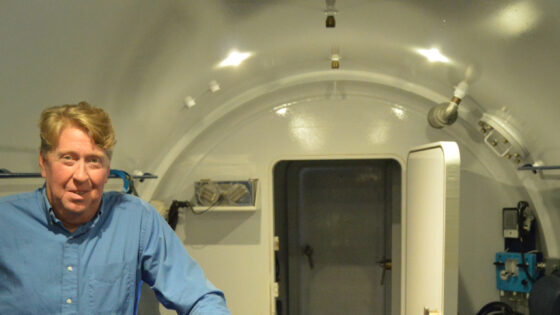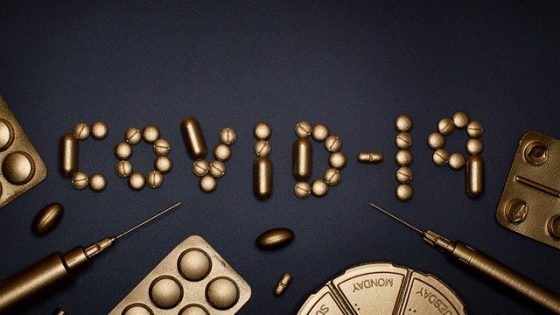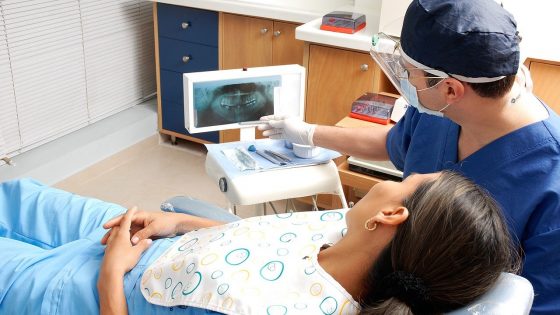cryoablation
A procedure in which an extremely cold liquid or an instrument called a cryoprobe is used to freeze and destroy abnormal tissue. A cryoprobe is cooled with substances such as liquid nitrogen, liquid nitrous oxide, or compressed argon gas. Cryoablation may be used to treat certain types of cancer and some conditions that may become cancer. Also called cryosurgery and cryotherapy.
cryobanking
The process of cooling and storing cells, tissues, or organs at very low or freezing temperatures to save them for future use. Also called cryopreservation.
cryopreservation
The process of cooling and storing cells, tissues, or organs at very low or freezing temperatures to save them for future use. Also called cryobanking.
cryosurgery
A procedure in which an extremely cold liquid or an instrument called a cryoprobe is used to freeze and destroy abnormal tissue. A cryoprobe is cooled with substances such as liquid nitrogen, liquid nitrous oxide, or compressed argon gas. Cryosurgery may be used to treat certain types of cancer and some conditions that may become cancer. Also called cryoablation and cryotherapy.
cryotherapy
A procedure in which an extremely cold liquid or an instrument called a cryoprobe is used to freeze and destroy abnormal tissue. A cryoprobe is cooled with substances such as liquid nitrogen, liquid nitrous oxide, or compressed argon gas. Cryotherapy may be used to treat certain types of cancer and some conditions that may become cancer. Also called cryoablation and cryosurgery.
cryptorchidism
A condition in which one or both testicles fail to move from the abdomen, where they develop before birth, into the scrotum. Cryptorchidism may increase the risk for development of testicular cancer. Also called undescended testicles.
CSF
The fluid that flows in and around the hollow spaces of the brain and spinal cord, and between two of the meninges (the thin layers of tissue that cover and protect the brain and spinal cord). CSF is made by tissue called the choroid plexus in the ventricles (hollow spaces) in the brain. Also called cerebrospinal fluid.
CSP
A type of tumor found in breast or prostate tissue. It is often large and bulky and grows quickly. It may be benign (not cancer) or malignant (cancer) and may spread to other parts of the body. Also called cystosarcoma phyllodes and phyllodes tumor.
CSS
The length of time from either the date of diagnosis or the start of treatment for a disease, such as cancer, to the date of death from the disease. Patients who die from causes unrelated to the disease are not counted in this measurement. In a clinical trial, measuring the CSS is one way to see how well a new treatment works. Also called cause-specific survival.
CT angiography
A procedure that uses x-rays to create a series of detailed pictures of the blood vessels and blood flow inside the body. The pictures are taken from different angles and are created by a computer linked to an x-ray machine. A dye is injected into a vein to make the blood vessels and blood flow easier to see on the x-ray. CT angiography may be used to check for aneurysms (a bulge in the blood vessel wall), blockages in the arteries, blood clots, and other blood vessel problems. Also called computed tomography angiography and CTA.













